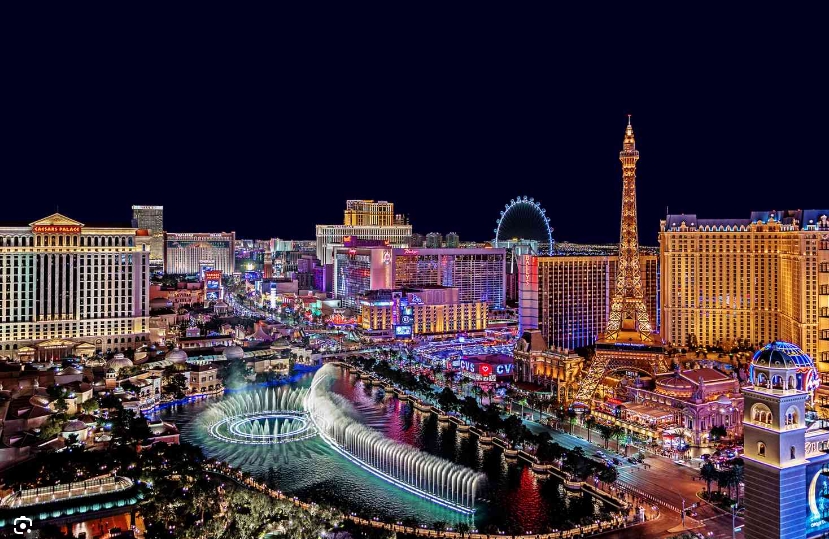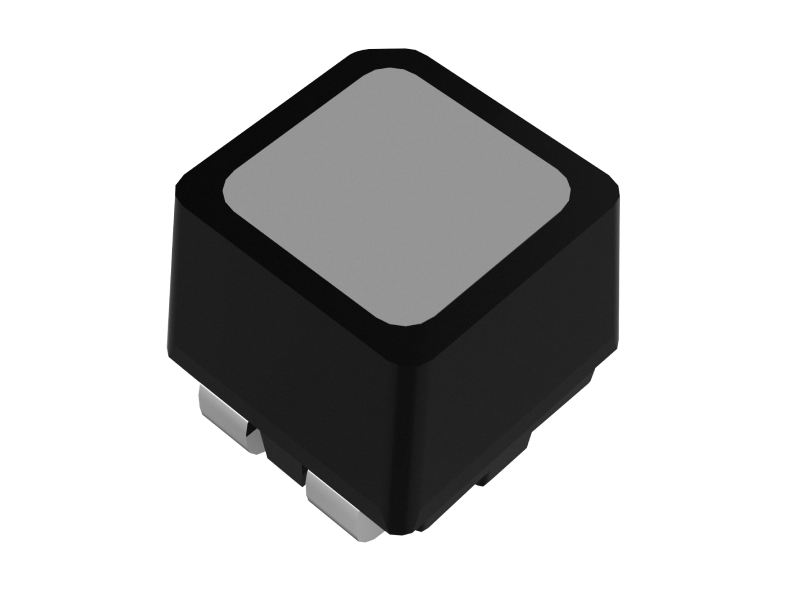LED displays are being widely used nowadays and basic knowledge over LEDs can be helpful for you to understand LED display technology better. Here is a list of common LED terminology and glossary.

Las Vegas Strip
LED (Light-Emitting Diode)
A semiconductor device that emits light when an electric current passes through it.
Pixel
The smallest individual unit of an LED display. It represents a single point of light.
Pixel Pitch
The distance between the centers of two adjacent pixels on an LED display, typically measured in millimeters. Smaller pixel pitch values indicate higher resolution and image clarity.
RGB
Acronym for Red, Green, Blue, which are the primary colors used in LED displays. RGB LEDs combine these three colors to produce a wide range of colors.
LED Module
A self-contained unit that contains a group of LEDs and associated circuitry. LED modules are typically square or rectangular in shape and can be assembled to create larger LED displays.
Video Wall
A display setup that consists of multiple LED modules or panels seamlessly tiled together to form a larger screen for enhanced visual impact or increased screen area.
Refresh Rate
The number of times per second that an LED display updates or refreshes the content it is displaying. Higher refresh rates result in smoother motion and reduced flickering.
Viewing Angle
The maximum angle from which an LED display can be viewed without significant degradation in image quality or color accuracy. It is typically specified as the horizontal and vertical angles.
Contrast Ratio
The ratio of the brightest color (white) to the darkest color (black) an LED display can produce. A higher contrast ratio indicates a greater difference between light and dark areas, resulting in more vibrant and detailed images.
Brightness
The level of light emitted by an LED display, measured in nits or candelas per square meter (cd/m²). Higher brightness values enable better visibility in well-lit environments.
Color Temperature
A measure of the color appearance of light emitted by LEDs, expressed in Kelvin (K). Lower color temperatures result in warmer (more yellowish) colors, while higher color temperatures produce cooler (more bluish) colors.
Gray Scale
The range of shades of gray that an LED display can reproduce. A higher bit depth (e.g., 8-bit, 10-bit) allows for a greater number of gray levels and smoother transitions between colors.
Driver Circuit
The electronic circuitry that controls and regulates the current flowing through the LEDs. It ensures proper functioning and optimal performance of the LEDs.
Power Consumption
The amount of electrical power consumed by an LED display, typically measured in watts (W). LED displays are known for their energy efficiency compared to other display technologies.
Lifetime or Lifespan
The expected operational duration of an LED display before its brightness decreases to a specified percentage of its initial value. LED displays have a longer lifespan compared to technologies like LCD or plasma displays.
Viewing Distance
The optimal distance from which an LED display can be viewed to provide the best image quality and readability. It depends on factors such as pixel pitch, display size, and content type.
Cabinet
The structural enclosure that houses the LED modules and associated components of an LED display. Cabinets are designed for easy installation, maintenance, and serviceability.
Calibration
The process of adjusting the color and brightness levels of an LED display to ensure accurate and consistent representation of colors across the entire screen.
Front Serviceable
Refers to LED displays that offer access to the front of the display for maintenance and repairs, allowing for easier and quicker servicing.
Control System
The software or hardware used to control and manage the content displayed on LED screens, including switching between sources, adjusting settings, managing layouts, and scheduling content playback.

Kinglight provides a wide variety of LEDs for displays
Understanding these LED-related terms will help you navigate the world of LED displays and effectively communicate about their specifications and features.